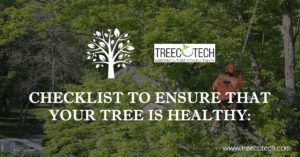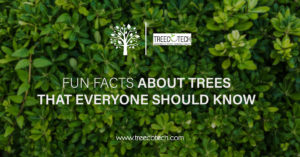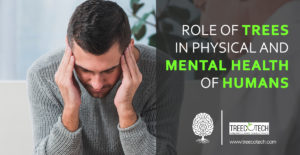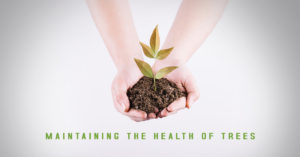 Trees are a great blessing for us as they give us shade from the heat, oxygen, wood, food, rubber, medicinal resources and much more. It is hard to believe that trees can be dangerous for us and honestly speaking human beings are a greater danger to trees as many of us do not take care of trees around us. Our careless approach or our faulty practices can make a tree dangerous for us. Sometimes, natural factors can also lead to a dangerous tree. Whether a tree is dangerous or not, can be righteously assessed by an arboricultural consultancy in India. When exactly a tree around you needs an appointment with certified arboriculture expert can be figured out by looking for following things in a tree:
Trees are a great blessing for us as they give us shade from the heat, oxygen, wood, food, rubber, medicinal resources and much more. It is hard to believe that trees can be dangerous for us and honestly speaking human beings are a greater danger to trees as many of us do not take care of trees around us. Our careless approach or our faulty practices can make a tree dangerous for us. Sometimes, natural factors can also lead to a dangerous tree. Whether a tree is dangerous or not, can be righteously assessed by an arboricultural consultancy in India. When exactly a tree around you needs an appointment with certified arboriculture expert can be figured out by looking for following things in a tree:
The overall appearance of the tree: The overall appearance of the tree instantly tells that a tree under consideration could be dangerous. For instance, if a tree leaning in leaning one direction, it may fall due to adverse weather conditions or earthquakes or other human activities. Similarly, just by looking at the tree you can find that its branches are dried and falling down which means that the tree is now dangerous and can cause harm to men and material around unless safe tree retention and protection strategies or tree pruning techniques are not adopted on time as per the case demands.
Canopy: Too dense canopy or too thin canopy, both are not good signs for your tree. Dense canopy bars your tree to get sufficient sunlight leading to decaying of the tree. Whereas thin canopy signals that the tree is not able to retain its leaves or grow fresh leaves thus the tree is unhealthy or dying.
Trunk: Holes and cracks in tree trunk indicate that the tree is prone to fall and thus a danger for life and property around it. When you will call for a tree arborist in Mumbai, he will confirm you about the status of a tree by checking the bark of the tree, a falling bark is a clear symptom of an infected tree or a dead tree.
Roots of the tree: Both the absorbing roots and anchoring roots indicate in their own way about the health condition of the tree. A layman may find it difficult to differentiate in the roots of a healthy and unhealthy tree but merely by looking at the tree root, a certified arborist in Mumbai will immediately assess if the roots are decaying or suffering from fungal infection or dying.
So, if you find any of the above issues in your tree then rush to find a contact of certified arborist. For seeking a perfect solution, try to hire an arboriculture consultancy in Mumbai which offers all types of tree care solutions including tree planning consultancy services, tree health care services, assessing a dangerous tree and preparing reports for pruning and removal applications for the tree.





